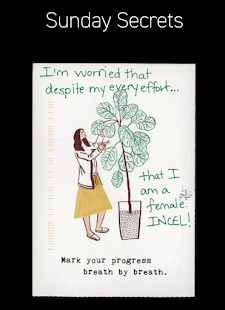VR and Empathy - Cam
As we continue to immerse ourselves into the world of VR as a form of electronic literature, I felt the reading that caught my eye the most was Chris Milk's TedTalk presentation. Milk describes VR as a "very experiential medium. You feel your way inside of it. It's a machine, but inside of it, it feels like real life, it feels like truth. And you feel present in the world that you're inside and you feel present with the people that you're inside of it with," and this description I feel houses the overarching aspect of electronic literature being an immersive piece of text that can't be relayed in a physical format (Milk 1). I have always been a film-oriented person, and hearing how he was able to tie the concept of filmmaking and the artistic journey he has taken to the art he now creates is extremely fascinating. A quote that stood out to me was: "But then I started thinking about frames, and what do they represent? And a frame is just a window. I mean, all the media that we watch -- television, cinema -- they're these windows into these other worlds. And I thought, well, great. I got you in a frame. But I don't want you in the frame, I don't want you in the window, I want you through the window, I want you on the other side, in the world, inhabiting the world." (Milk 1). The wording of this piece of the presentation struck me as a representation of why VR has been able to attract society in the way it has: it attracts your attention and makes you focus on the details without feeling as if you're stuck in the moment, but rather living alongside it.
After looking back through the references provided in Chapter 7, I decided I wanted to focus on Hearts and Minds: The Interrogations Project which was created by Roderick Coover, Scott Rettberg, Daria Tsoupikova, and Arthur Nishimoto in collaboration with political scientists John Tsukayama and Jeffrey Murer. The project was developed as an immersive digital project, and the focus of the project was on the twisted torture methodology from the US military during the Iraq War. As described on CRchange, Hearts and Minds was developed by, " Drawing upon extensive interviews with veterans carried out by political scientist John Tsukayama following the Abu Ghraib accounts of abuse, this project is unique in building understanding of how a military with a just vision of its practices might allow the conditions for human rights abuses to occur" (CRchange 1). The project was created in the Electronic Visualization Lab (EVL) at the University of Illinois Chicago (UIC), and the media was presented in a 320-degree panaoramic screened environment. The story is controlled by the user, as the images being presented are altered based off the angling and orientation of the user's head, and the story is pushed forward through the user's use of a wand with several corresponding buttons. Though the user is in a fixed location the entire time, the exhibit is able to tell the story while making them feeling like they are traveling alongside it.


"As we continue to immerse ourselves into the world of VR!" hee hee Milk would be proud! Look forward to hearing more about Hearts and Minds.
ReplyDeleteHi Cam! I really enjoyed that you went into detail about Milk and his TedTalk. The frames that he was discussing are very important to virtual reality as we have seen. Hearts and Mind looks really interesting. It shows the scary side of virtual reality.
ReplyDeleteI love your point about how VR is able to attract us as a society--it immerses us in an area where we feel that we are part of a moment, living in it rather than outside of it.
ReplyDelete